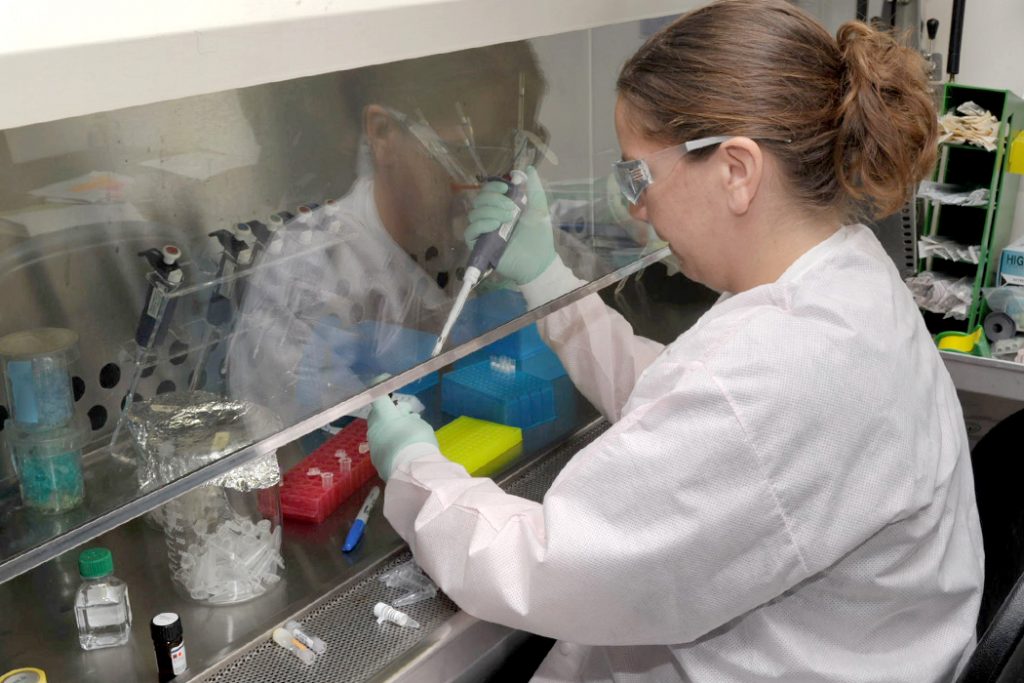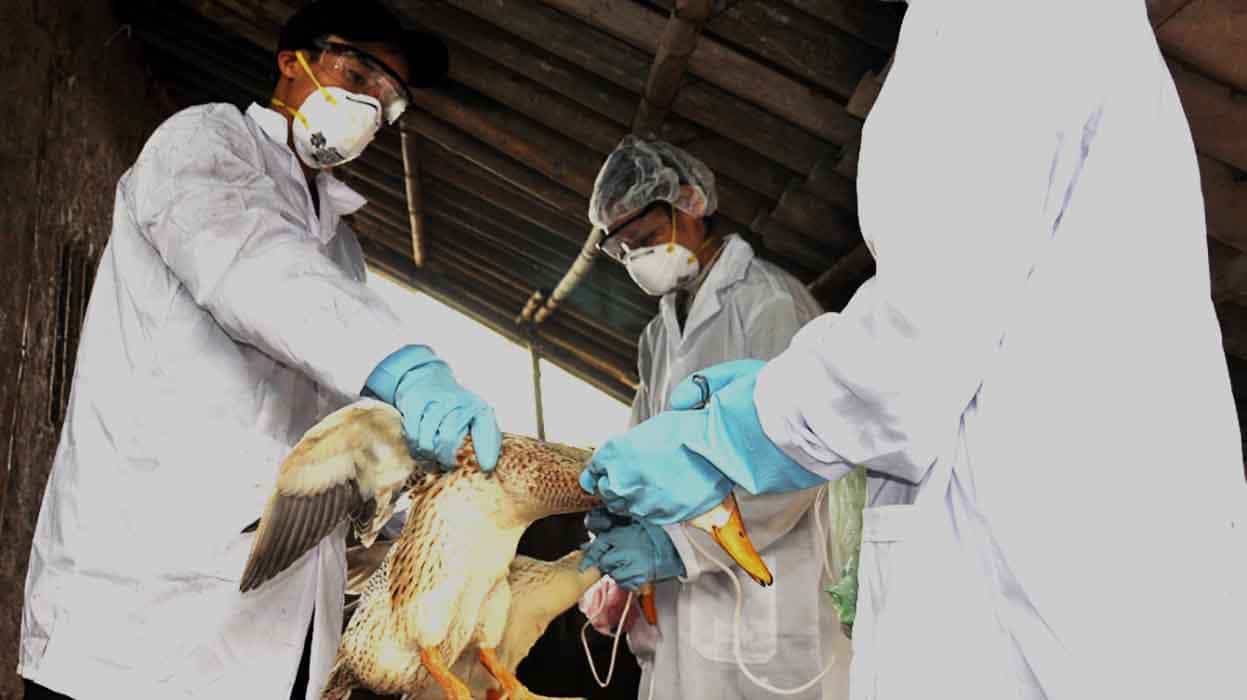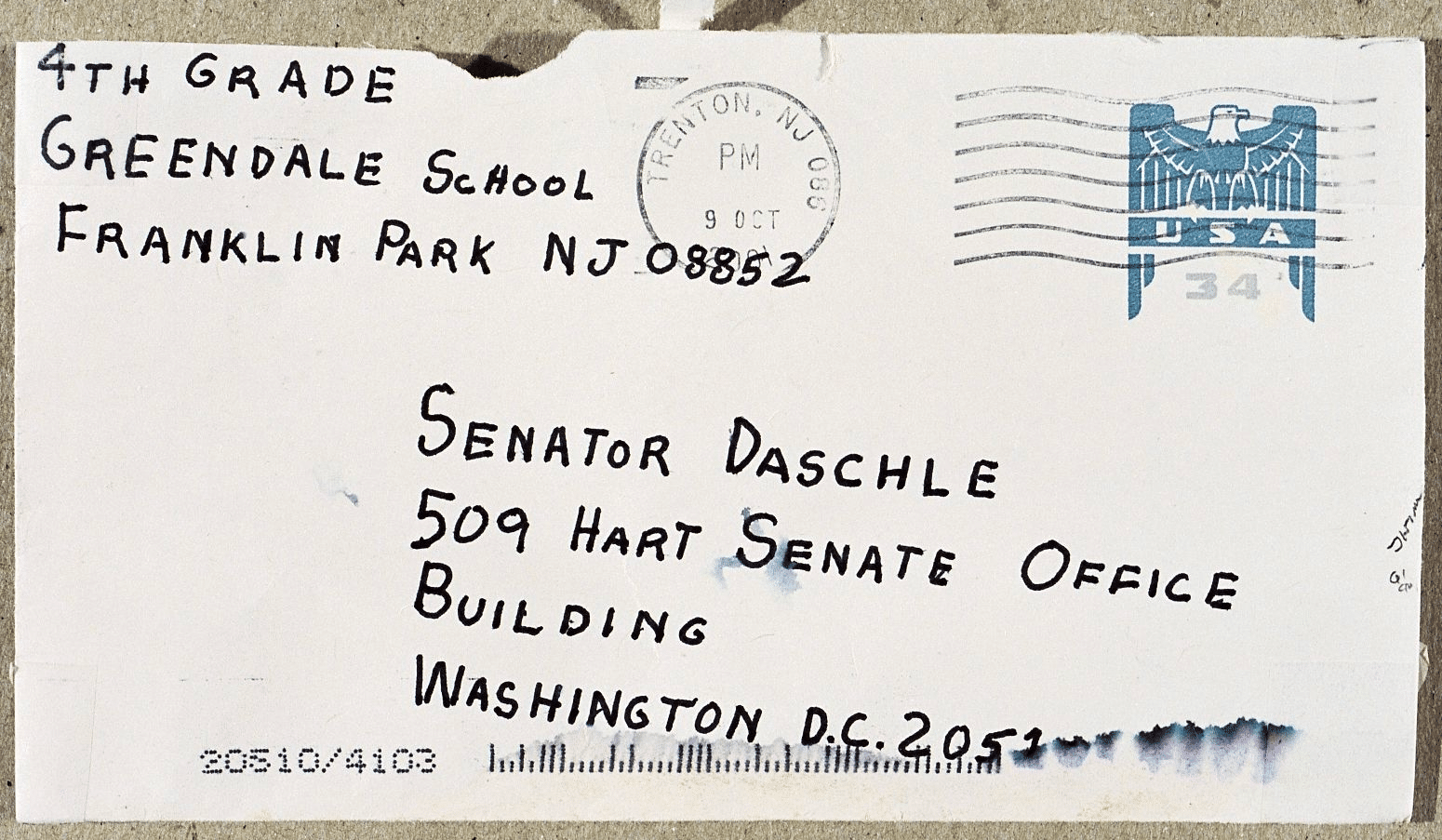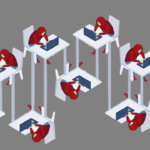Essential reading on lab leaks and gain-of-function research
By Matt Field | June 17, 2021

Following what critics considered a perfunctory investigation, a World Health Organization team wrote in March that a laboratory origin of COVID-19 was “extremely unlikely,” a lower probability event, they said, than the pandemic having originated with frozen food.
Far from settling the debate over the origins of the coronavirus, the WHO report seems to have ignited only more calls from scientists and government officials for a comprehensive investigation, and US President Joe Biden recently gave intelligence agencies 90 days to search for clarity on whether a lab leak could have sparked the pandemic. But regardless of what any future investigation reveals, one thing will still be true: The risk of a lab accident involving a natural pathogen—or even a lab-enhanced germ—has only increased in recent years.
Biomedical research is clearly important (think COVID-19 vaccines). But there are plenty of serious laboratory- and research-related risks that experts say better oversight could help minimize. Whether through the proliferation of high-containment disease research labs in the name of biodefense or the permitting of so-called “gain-of-function” studies that actually make germs more dangerous, some research may be producing opportunities for catastrophe rather than illuminating scientific results.
The Bulletin has reported on these sorts of biosecurity issues for more than a decade. Here’s a collection of our in-depth coverage.
Threatened pandemics and laboratory escapes: Self-fulfilling prophecies
Many laboratory escapes of high-consequence pathogens have occurred. Ironically, these laboratories were working with pathogens to prevent the very outbreaks they ultimately caused.
Human error in high-biocontainment labs: a likely pandemic threat
Mammal-transmissible bird flu research poses a real danger of a worldwide pandemic that could kill human beings on a vast scale. Read supplemental material on the report.

The unacceptable risks of a man-made pandemic
The international research community should take steps to deal with three potential pandemic pathogens.
Ventilator blues: Infectious disease expert Tom Inglesby on the next major pandemic
Will the next pandemic pathogen more likely be naturally occurring or engineered?
Is there a role for the Biological Weapons Convention in oversight of lab-created potential pandemic pathogens?
Concern over a pandemic from a research laboratory release should rival our grave concern over a natural pandemic; the likelihood of both is similar. There is an urgent need for international oversight and regulation of this research. Should the Biological Weapons Convention oversee academic research whose goal is public health?
Who isn’t equipped for a pandemic or bioterror attack? The WHO
Major mistakes often precipitate calls for reform. Such was the case after the World Health Organization failed to respond quickly to Ebola and Zika outbreaks.
Preventing a man-made pandemic
There are reasons to fear lab-manufactured pathogens, but also ways to minimize the risks by building confidence in scientists and states.
Going viral
With the hubris of heroes in ancient Greek tragedies, scientists decided to tempt the fates by creating the mother of all virulent influenza viruses—deadlier than smallpox (which had a mortality rate around 30 percent) and as communicable as a typical seasonal flu.
Keeping the life sciences honest
Scientist Ron Fouchier was ostensibly trying to learn more about the H5NI flu virus by mutating it to become airborne and transmit as efficiently as the seasonal flu in order to protect humanity from its dangers, but his work also meant risking that the virus he created could escape the lab or be mimicked by a rogue scientist with terrorist ties.
New pathogen research rules: Gain of function, loss of clarity
The US Health and Human Services Department issued new rules governing how it will decide whether to fund “gain-of-function” experiments. The rules have real strengths—and real weaknesses, too.
Mutate a flu…Say WHAT?
In an installment of the Bulletin‘s video series Say WHAT?, computational biologist Steven Salzberg brings a sharp view to the fuzzy policy of risky viral research.
The next epidemic, brought to you by the US government
Why is the US Department of Homeland Security moving dangerous animal disease research to America’s agricultural heartland?
The pandemic risk of an accidental lab leak of enhanced flu virus: unacceptably high
Given the frequency with which incidents happen at even highly secure labs, and given the questionable value of gain-of-function research on avian influenzas, it’s worth considering whether we want to even entertain the possibility of a catastrophic pandemic.

Biosecurity lessons from the Bruce Ivins case
US biodefense spending and a buildup of high-containment laboratories throughout the country might have created an internal security risk that no outside terrorist group could ever duplicate.
Experts know the new coronavirus is not a bioweapon. They disagree on whether it could have leaked from a research lab
Some researchers think a laboratory accident could have released the viral ancestor of SARS-CoV-2, the virus that causes COVID-19.
Hot zone in the heartland?
The new coronavirus has plunged us into an infectious-disease crisis. As we respond, the years-long debate over the new National Bio and Agro-Defense Facility raises worrying questions about American biodefense policy. Will more bio-labs help us fight outbreaks? Or are we building too many labs in too many places?
Did the SARS-CoV-2 virus arise from a bat coronavirus research program in a Chinese laboratory? Very possibly.
Long before former President Donald Trump, former Secretary of State Mike Pompeo, and their echo chambers sought a Chinese scapegoat for the president’s gross and willful incompetence, researchers understood that the possibility the COVID-19 pathogen escaped from a Chinese research laboratory was plausible, if unproven. The possibility a lab escape is behind the coronavirus pandemic is most definitely not “a conspiracy theory.”
Will the WHO call for an international investigation into the coronavirus’s origins?
What should an investigation into the origins of the pandemic look like?
Let evidence, not talk radio, determine whether the outbreak started in a lab
Neither science nor intelligence agency reports support the claim that a Chinese lab is the source of the coronavirus.
The origin of COVID: Did people or nature open Pandora’s box at Wuhan?
If the case that SARS2 originated in a lab is so substantial, why isn’t this more widely known? As is now obvious, there are many people who have reason not to talk about it.
Together, we make the world safer.
The Bulletin elevates expert voices above the noise. But as an independent nonprofit organization, our operations depend on the support of readers like you. Help us continue to deliver quality journalism that holds leaders accountable. Your support of our work at any level is important. In return, we promise our coverage will be understandable, influential, vigilant, solution-oriented, and fair-minded. Together we can make a difference.
Keywords: Coronavirus, essential biosecurity reading, gain-of-function research, lab leaks
Topics: Disruptive Technologies
















My thoughts on the origins issue haven’t much changed since early 2020. Perhaps it’s a fool’s errand, but I still find myself estimating and comparing the odds of two low-probability events: 1. a novel coronavirus outbreak emerging from a coronavirus research lab versus 2. natural spillover in Wuhan. I’m interested to hear what probability other people are assigning to each scenario. Here are my own estimates: 1. For lab-leak accident, outbreak of 1,000 or more coronavirus infections might happen once in 500 to 50,000 years. 2. For natural spillover in Wuhan, outbreak of 1,000 or more coronavirus infections might happen… Read more »
Just had to get that allegation of gross and willful incompetence from President Trump into the article, didn’t you? In fact, it was Trump’s insight and management that got us massive amounts of very effective vaccine well ahead of the rest of the world in the face of nay-sayer comments that it couldn’t be done. He recognized that only a broad and effective vaccine program could stop the pandemic, and it has in the U.S.
There are two striking features of the pandemic debate. We destroyed the primary barriers to pandemics and have no will to re-impose them. At one time every major port had a quarantine station. Ships provided time for infected people to become sick. Custom agents went aboard ships, checked on people’s health and if there were any question, put those people or the entire ship in quarantine. Air travel destroyed the time delay from traveling from country to country. Either President Trump or President Biden could have imposed quarantine for everyone coming into the country but chose not to—they limited foreigners… Read more »